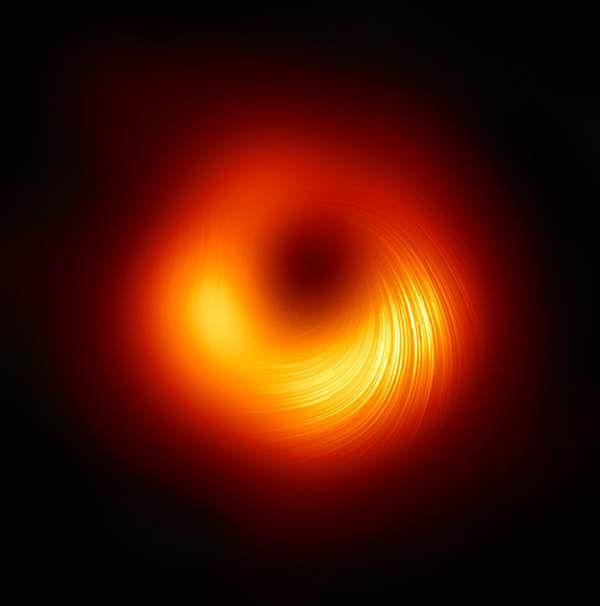EPJ Plus Highlight - A gentle introduction to black hole thermodynamics
- Details
- Published on 23 May 2025

Notes provide a useful introduction to the extensive and deeply complex topic of black hole thermodynamics, offering a valuable starting point for more in-depth research.
Beyond a black hole’s event horizon, the gravitational pull becomes so strong that not even light can escape. As a result, the process of any object being captured by a black hole is `irreversible’. The basic idea of black hole thermodynamics, as developed originally by Bekenstein and Hawking half a century ago, is that this irreversibility is of the same nature as the thermodynamic irreversibility that is familiar in everyday life.
Ultimately, black hole thermodynamics aims to bridge our gap in knowledge between the classical laws of thermodynamics, and the deeply exotic properties of black holes. According to the theory, an object passing across a black hole’s event horizon corresponds to an increase in its entropy and this is irreversible in the same sense, and to the same extent, that breaking an egg is irreversible.
In a new paper published in EPJ Plus, Edward Witten at the Institute for Advanced Study in Princeton provides a gentle introduction to this rich and fascinating topic. His notes will be a valuable starting point for anyone hoping to enter this challenging field.
Witten’s notes begin with an account of theories developed by Jacob Bekenstein in 1972, which propose that a black hole should have an entropy proportional to the area of its event horizon. This led to a theory proposed by Stephen Hawking in 1974, which suggests that black holes should gradually lose their mass and rotational energy over time, until they eventually evaporate.
After reviewing the original discoveries of Bekenstein and Hawking, Witten goes on to describe the ‘Unruh effect’, which described the thermal properties of a vacuum as it is probed by an accelerating observer. He also describes the Euclidean approach to black hole thermodynamics, basics about von Neumann entropy and its applications, the Ryu-Takayanagi formula, and the nature of a white hole.
Witten, E. Introduction to black hole thermodynamics. Eur. Phys. J. Plus 140, 430 (2025). https://doi.org/10.1140/epjp/s13360-025-06288-y




